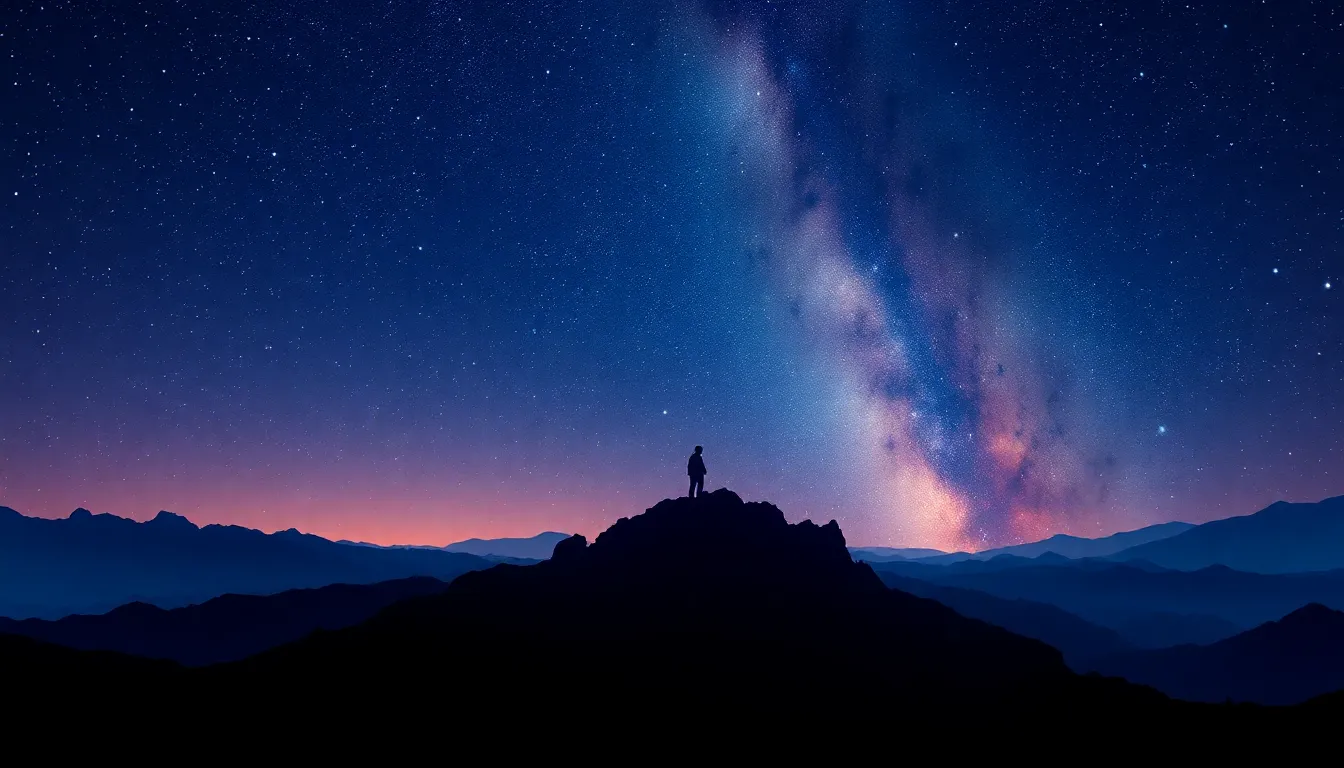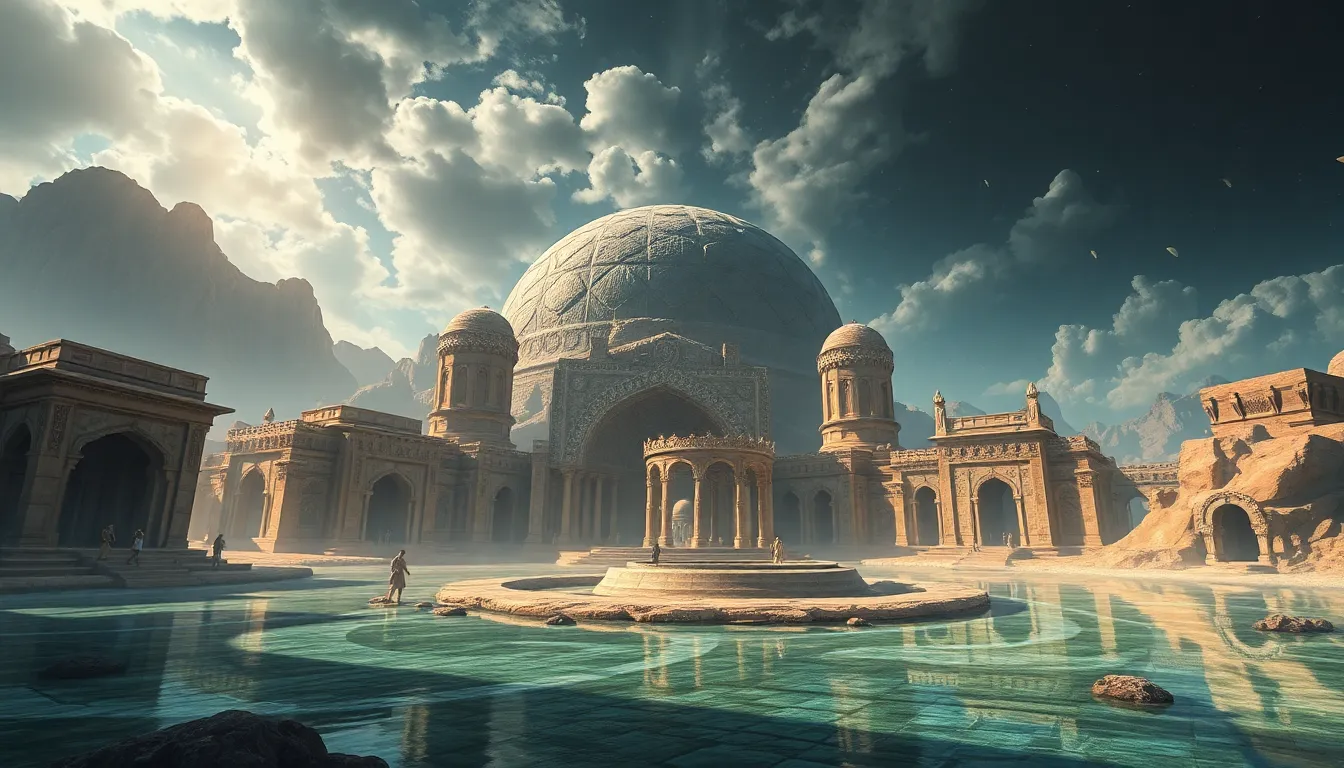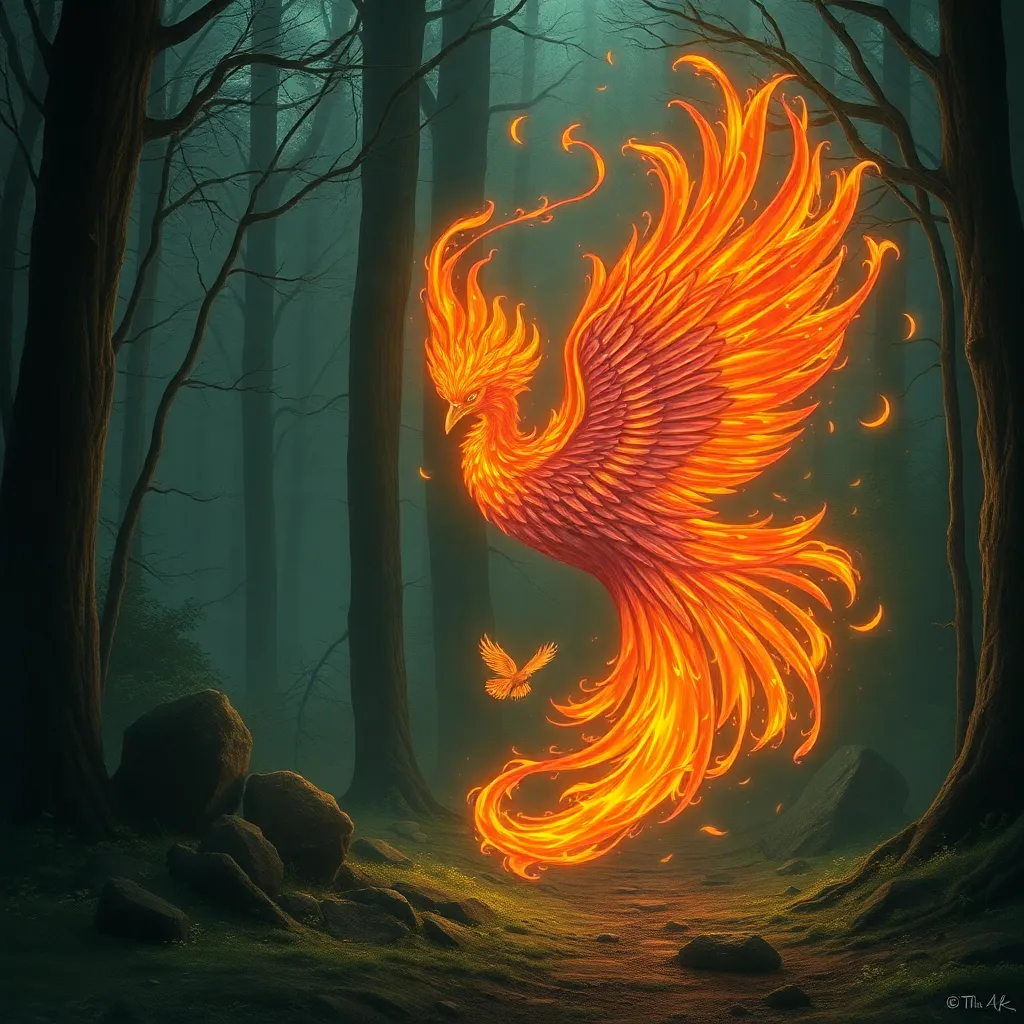The Night Sky’s Storytellers: Myths of Stars and Legends
I. Introduction
The night sky has always held a significant place in human culture, serving not only as a canvas for celestial bodies but also as a source of inspiration for stories and legends. For millennia, people have gazed upwards, interpreting the stars’ positions and movements as reflections of their own lives, struggles, and triumphs. Myths and legends surrounding stars and constellations have provided meaning to the vastness of the universe, guiding navigation, marking seasons, and shaping cultural identities.
This article aims to explore the various myths associated with stars and constellations, delving into the stories that have been passed down through generations and the ways in which they continue to influence our understanding of the cosmos.
II. The Origins of Star Myths
Throughout history, stargazing has been an essential practice for many ancient civilizations. Before the advent of modern navigation tools, people relied heavily on the stars for guidance. The constellations served practical purposes, such as marking the changing seasons for agriculture and navigation across oceans.
As societies evolved, the practical use of stars transitioned into a more mythological narrative. Cultures began to weave stories around the celestial bodies, attributing human characteristics and events to them. This transition allowed people to relate their everyday lives to the cosmos, creating a rich tapestry of folklore that varied across different cultures.
The cultural variations in star mythology are vast, with each civilization interpreting the stars through their unique lens of beliefs, values, and experiences. From the Egyptians to the Chinese, the stories told about the stars reflect the diversity of human thought and imagination.
III. Constellations and Their Legends
Several major constellations are recognized worldwide, each with its own story. Below are a few key constellations and the myths associated with them:
1. Orion: The Hunter
One of the most recognizable constellations, Orion is often depicted as a hunter in various cultures. In Greek mythology, Orion was a giant huntsman, boasting great strength and beauty. His story intertwines with various other myths, including his pursuit of the Pleiades and his conflict with the scorpion, which ultimately led to his placement in the sky.
2. Ursa Major: The Great Bear
Ursa Major is another prominent constellation, known for its distinctive shape that resembles a bear. In Greek mythology, it is associated with the story of Callisto, a beautiful nymph who was transformed into a bear by the goddess Hera. Her son Arcas, unaware of her identity, nearly kills her while hunting, prompting Zeus to place them both in the sky to prevent this tragedy.
3. Cassiopeia: The Queen
Cassiopeia, often depicted as a queen sitting on her throne, has a story rooted in vanity. In Greek mythology, she boasted about her beauty, claiming she was more beautiful than the Nereids, sea nymphs who were revered for their beauty. As punishment for her hubris, Poseidon sent a sea monster to ravage her kingdom, leading to her eventual placement in the sky as a reminder of her pride.
4. Scorpio: The Scorpion
Scorpio is often associated with the myth of Orion. According to legend, a giant scorpion was sent by the gods to defeat Orion after he boasted that he could hunt any animal on Earth. The scorpion’s sting was deadly, and after slaying Orion, both were immortalized in the night sky, forever chasing each other.
IV. The Role of Indigenous Cultures in Star Mythology
Indigenous peoples around the world have unique interpretations of the night sky, often viewing stars as ancestors, spirits, or representations of their cultural heritage. These interpretations are deeply intertwined with their understanding of nature and the universe.
For example, many Native American cultures have rich star myths, often using constellations as a way to teach lessons about life, nature, and community values. Similarly, Aboriginal Australians possess a vast array of star stories that inform their cultural practices and connection to the land.
Oral traditions play a crucial role in preserving these stories, allowing them to be passed down through generations. This preservation of mythology ensures that the wisdom of the ancestors continues to guide future generations.
V. Greek and Roman Contributions to Star Myths
Greek mythology has had a profound influence on Western star lore. Ancient Greeks were among the first to systematically categorize stars and constellations, attributing them to their rich pantheon of gods and heroes. Key figures such as Ptolemy contributed significantly to the understanding of the night sky, cataloging stars and their positions.
The Romans later adopted many of these Greek myths, often renaming the constellations and incorporating them into their own cultural narratives. For instance, the Greek hero Perseus became associated with the Roman hero Hercules, demonstrating how cultural storytelling can evolve while retaining core elements.
VI. Modern Interpretations of Star Myths
In contemporary culture, there has been a resurgence of interest in celestial storytelling. Literature, films, and art continue to draw inspiration from star myths as people seek to reconnect with the universe.
Popular media often romanticizes these ancient stories, bringing them to new audiences and encouraging a sense of wonder about the cosmos. This intersection between modern storytelling and ancient mythology fosters a deeper appreciation for the night sky.
Moreover, modern science has begun to intersect with ancient myths, offering explanations for phenomena once attributed to divine actions. This blend of science and mythology invites a richer understanding of our place in the universe.
VII. The Science Behind the Myths
The relationship between astronomy and mythology is intricate. While myths often served to explain celestial phenomena, scientific discoveries have reshaped our understanding of the stars. For example, the identification of stars as massive, burning gases contrasted sharply with the mythological interpretations that depicted them as gods or spirits.
Today, advancements in technology allow for greater visibility of celestial bodies, enabling more people to appreciate the beauty of the night sky. This visibility can rekindle interest in the myths associated with stars, inspiring a new generation of storytellers.
VIII. The Night Sky in Art and Literature
Star myths have inspired countless artists and writers throughout history. The night sky has been a muse for painters, poets, and authors, imbuing their works with celestial themes and symbolism.
Notable works that incorporate celestial themes include:
- Vincent van Gogh’s “Starry Night”
- John Keats’ poem “Bright Star”
- Neil Gaiman’s “Stardust”
The ongoing relevance of star myths in modern artistic expressions reflects a timeless fascination with the cosmos and the stories it holds.
IX. The Future of Star Myths
As technology advances, new myths are likely to emerge, particularly with the exploration of space. The potential for humans to travel to other planets or even encounter extraterrestrial life could inspire new celestial narratives.
Emerging cultures will also have the opportunity to create their own stories, blending traditional myths with contemporary experiences. This dynamic interplay between old and new will shape the future of star mythology.
Preserving traditional myths in a rapidly changing world remains essential, as these stories provide a sense of identity and continuity for many cultures. As we look to the future, the night sky will continue to be a source of inspiration, reflection, and storytelling for generations to come.



